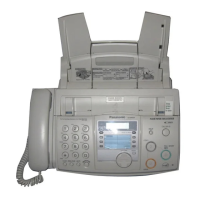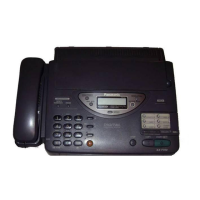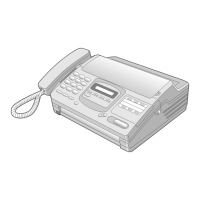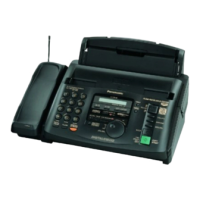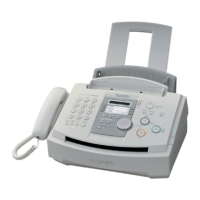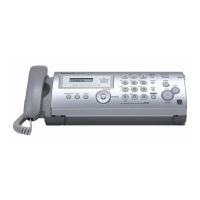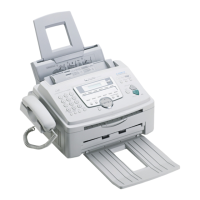2.3. TROUBLESHOOTING DETAILS
2.3.1. OUTLINE
Troubleshooting is for recovering quality and reliability by determining the broken component and replacing, adjusting or
cleaning it as required. First, determine the problem then decide the troubleshooting method. If you have difficulty finding
the broken part, determine which board is broken. (For example: the Digital PCB, Analog PCB, etc.) The claim tag from a
customer or dealer may use different expressions for the same problem, as they are not a technician or engineer. Using
your experience, test the problem area corresponding to the claim. Also, returns from a customer or dealer often have a
claim tag. For these cases as well, you need to determine the problem. Test the unit using the simple check list on SIMPLE
CHECK LIST(P.32). Difficult problems may be hard to determine, so repeated testing is necessary.
2.3.2. STARTING TROUBLESHOOTING
Determine the symptom and the troubleshooting method.
CROSS REFERENCE:
SIMPLE CHECK LIST
(P.32)
DIGITAL BOARD SECTION
(P.67)
POWER SUPPLY BOARD SECTION
(P.79)
31
KX-FHD301
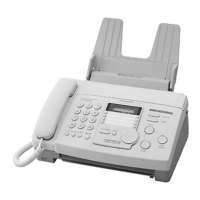
